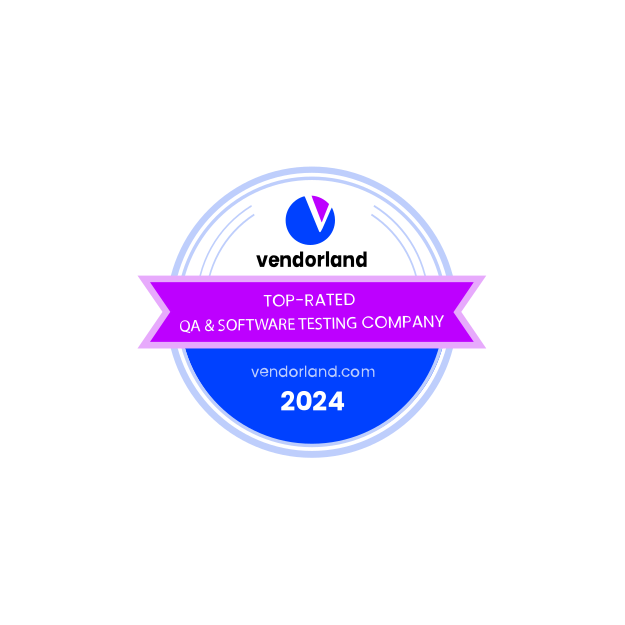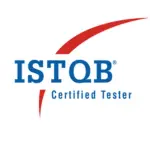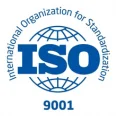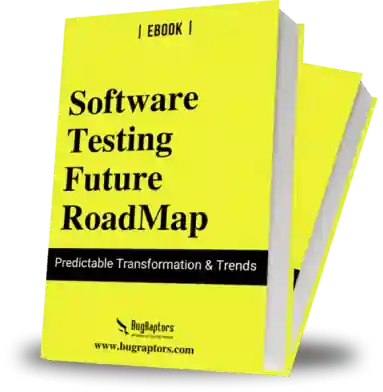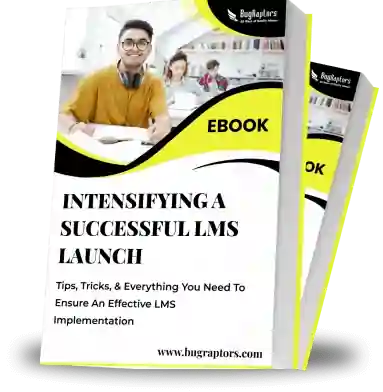Load Testing For Banking & Finance Application With Jmeter
Financial apps are not just meant to manage money but have to handle a large amount of user sensitive data. Check out the case study to learn how we helped a client with load testing for their finance application.
Product Overview
The product was a financial application to track and manage the financial information of its customers.
Some functionalities of the product:
-
The Bank Provides Loan Facility To The Customers And Then The Agents Track And Update The Information Of Customers Who Need The Loan, Who Need To Submit Installment And To Check The Status Of Current Or Previous Installment Of Finance Etc.
-
Web Interfaces Were Accessible By Admin And Other Super Users Whereas Mobile App Were Being Used By Agents To Update And Manage Customer Information.



Product Challenges
-
The Client Had A Large Number Of Users Of The Application And Expecting More Numbers Of Users In Coming Days.
-
The Client Wanted Us To Check And Let Him Know That Currently How Many Concurrent And Serial Users Can Access The System And Run The Application Without Any Performance Issue Or Delay.
-
Client’s Focus Was On The Mobile Application, Which Required An Extensive Performance Testing Platform To Stress Application At The Web Service/ API Layer In Which We Have To Determine The Performance Level Of The Web Service/ APIs That Were Used In The Application In The Development Phase.
-
It Was Challenging To Make The Finance Application More Scalable.
The Performance Level
-
Being An ASP, The Client Asked Us To Provide Performance Level Of The Application So That Client Can Optimize The APIs (Web Services/ APIs) Or Upgrade Their Infrastructure.
-
The Client Had Also Asked To Pinpoint Particular API That Isn’t Performing Up To The Point As Compared To The Other APIs.
-
Optimization Of Service/ APIs.
Our Offerings For The Case
Product Solutions
01
Requirement Traceability Matrix
- As The Scope Of Application Was Vast, BugRaptors Used RTM To Cover-Up The Entire Features And Functionalities. Requirement Traceability Matrix Was Prepared, Which Helped Us For Test Case Coverage.
- All The Enhancements And Changes Were Updated In Test Cases And RTM. This Helped Us In Tracking That All Functionalities Had Been Covered While Testing.
02
Automation
- As It Was A SaaS-Based Application And Having Vast Modules We Could Foresee That Regression Testing Would Eat Away Our Time, So We First Ensure Full Test Coverage.
- Developing Comprehensively Automated Regression Test Suites To Increase Reusability & Maintenance
- Tested Various Application Portals And Features With Automated Scripts Written In Selenium Web Driver.
03
Database Testing
- To Tackle The Challenge Of Data Migration Database Testing Came Into The Picture. All The Reports, Calculations And Transactions Were Tested With A Different Set Of Queries.
- To Make Sure The Data Is Intact, We Performed Database Testing On Existing And The New Data After Migration Into The New Framework.
04
Accounting Assistance
- To Cater The Real Estate Requirements One Of Our Accounting Expert Guided Test Engineers Throughout The Application Testing.
- EFT Process Was Tested With Real-Time Scenarios For Multiple Countries. Budgeting And Other Financial Requirements Were Verified With The Help Of Financial Reports.
05
Load Testing
- We Had To Compare The Client’s Previous Application Performance With The New Centralized ERP Module. Therefore We Performed Load Testing On The Application And We Closely Work With The Client To Understand His User Base So That His Input Was A Frame To The Appropriate Input.
- Based On Our Load Test Results Development Team Did A Various Round Of Performance Tuning. As A Result, We Could Assure The Client With The Best-Expected Performance.
Tools And Technology
JMeter
A powerful Load Testing Tool that was used to analyze the performance of an application through automated tests.
Client Benefits
By executing a well-planned QA process and strategy, BugRaptors helped the client attain the following benefits:
1. Response time improved 70%:
- As Per Results Client Tuned The APIs And Queries To Come Over 70% Improvements In Response Times.
2. Reduced risk and overall time for testing life cycle:
- As The Performance Of Application Was Increased And Now It Was Quick Responsive. This Increased Overall Time Of Testing And Reduced Risk Of Project Delays Caused By Performance Issues.
3. Meeting the performance benchmark:
- As Per The Client’s Expectations, We Enhanced The Overall System And Were Able To Meet The Performance Benchmark As Per The Expected Number Of Users In The Coming Days.
4. Identified production server requirement based on performance data:
- Client Analyzed The Performance Data And Shared Report Then Client Was Clear About The Current Performance Of The Server And Accordingly Client Had Identified The Production Server/ Infrastructure Requirements And Was Able To Determine The Monitoring Thresholds.
5. Exhaustive test case coverage:
- Due To The Complex Nature And Integration Of Multiple Modules, Test Coverage Was An Important Aspect Of Quality In The Application.
- Automated Test Scripts Covered All The Scenarios And Cases.
6.Prioritized test scripts:
- Test Scripts Were Executed In Batch, Based On The Attributes (For E.G. ID, Category, Priority) Or A Specific Test Script Depending On The Functionality To Be Tested In Hand.















